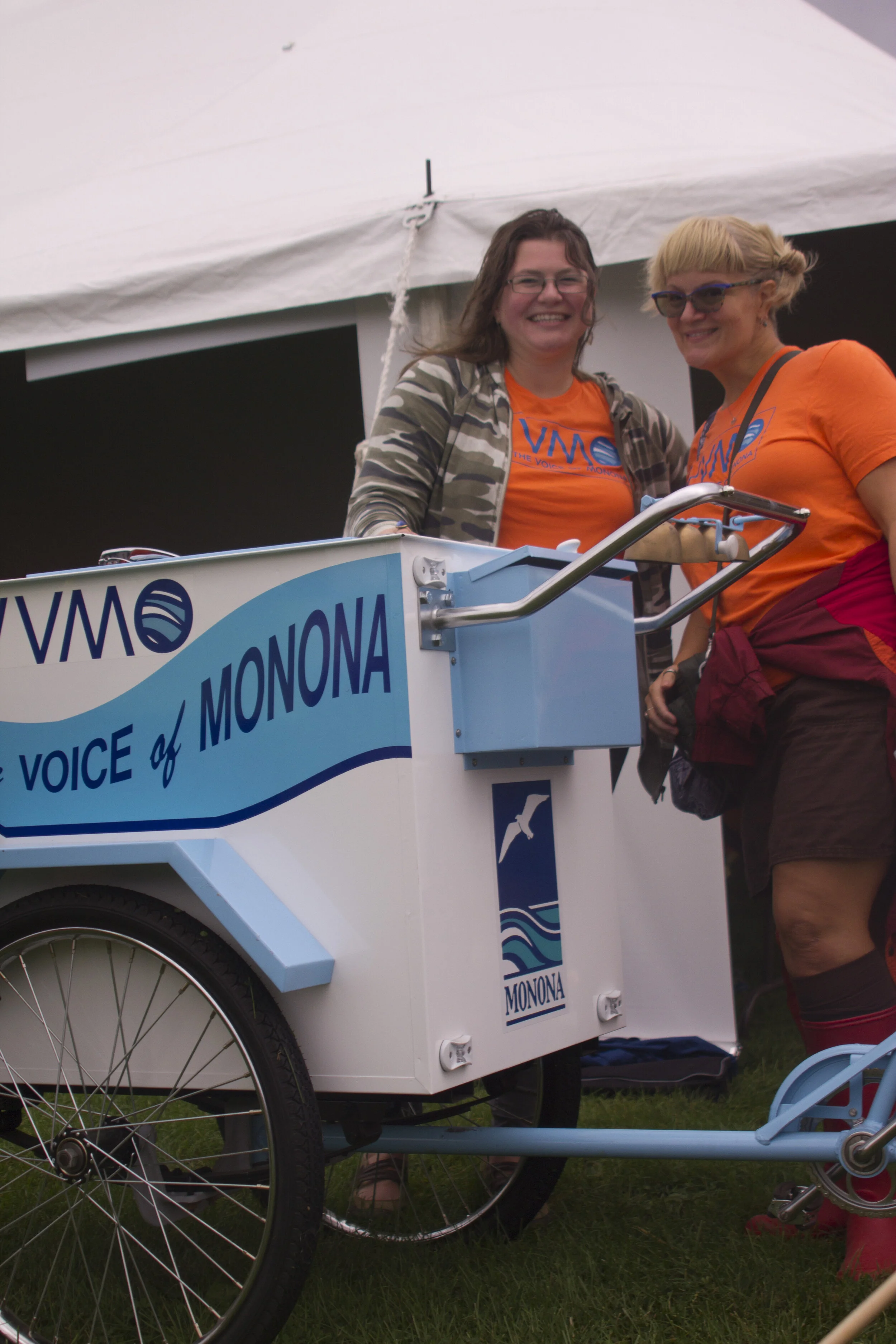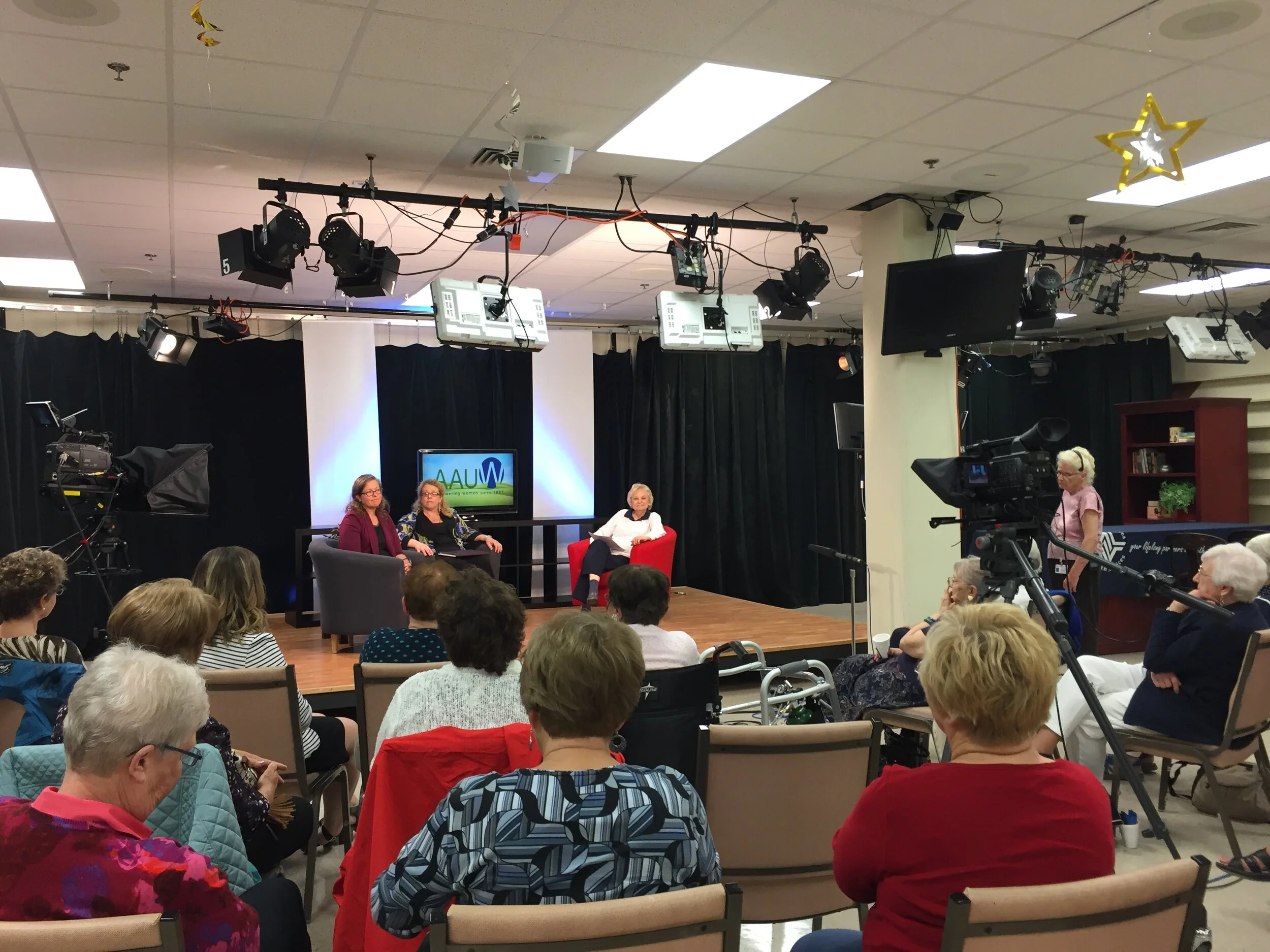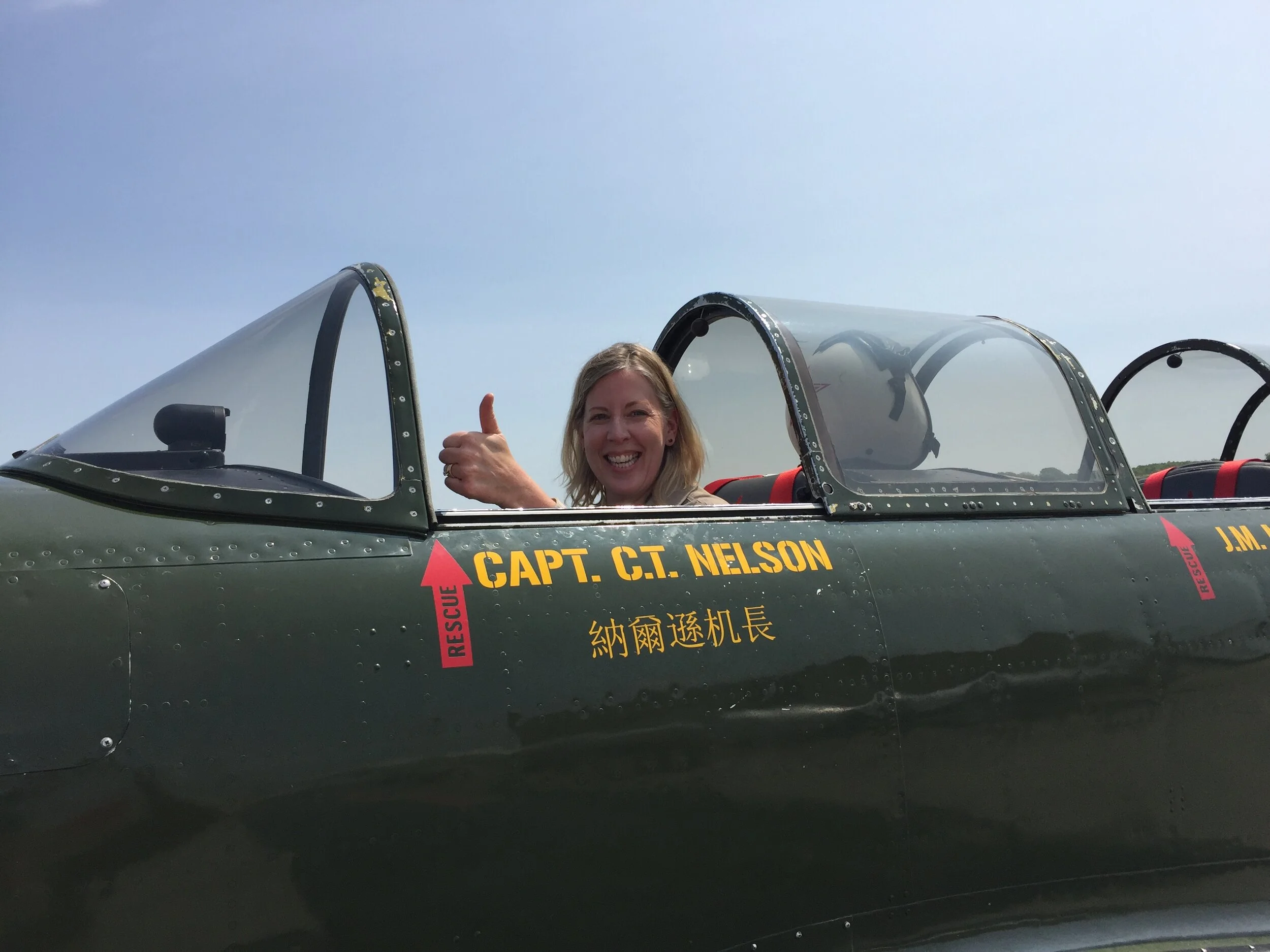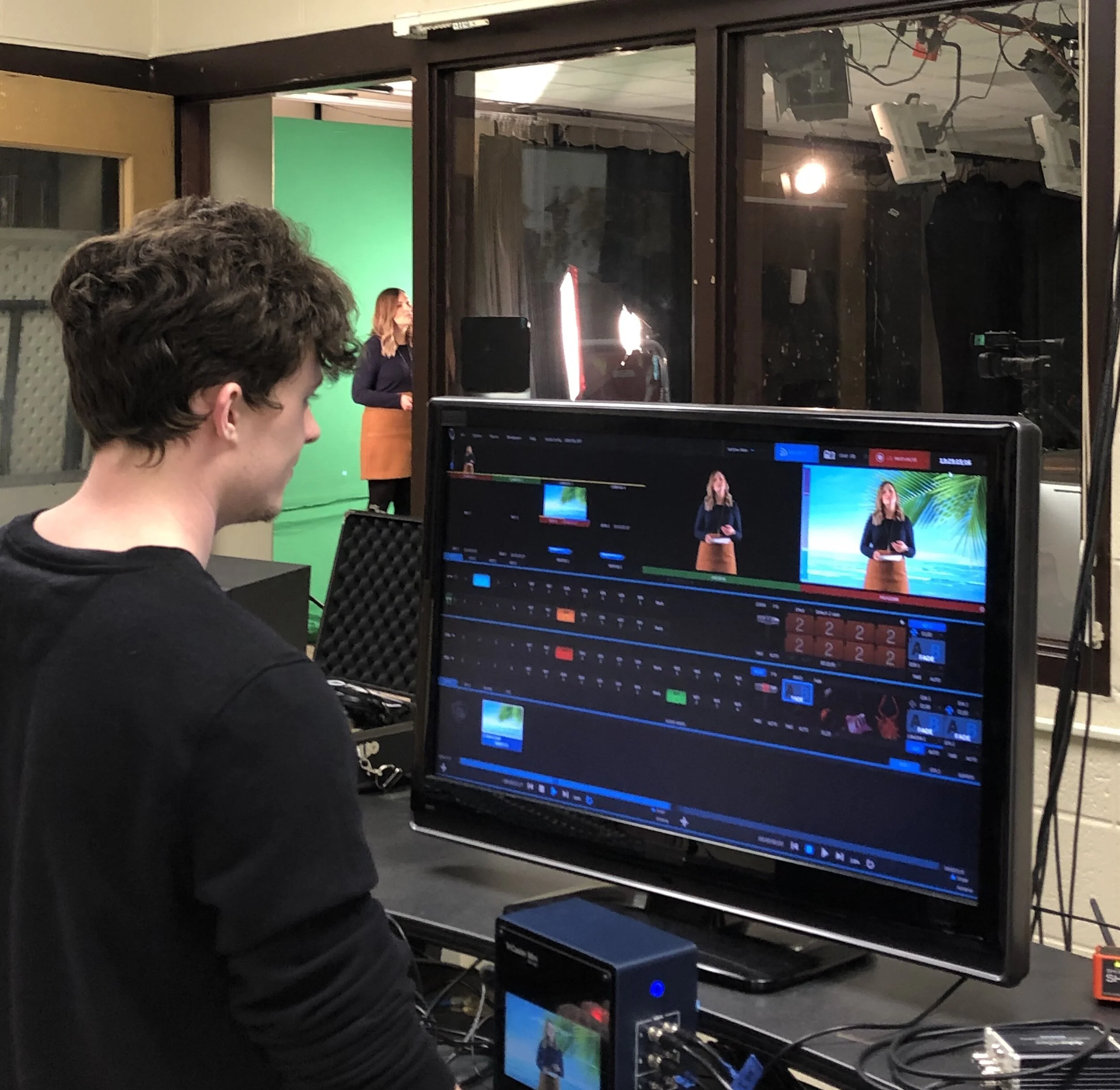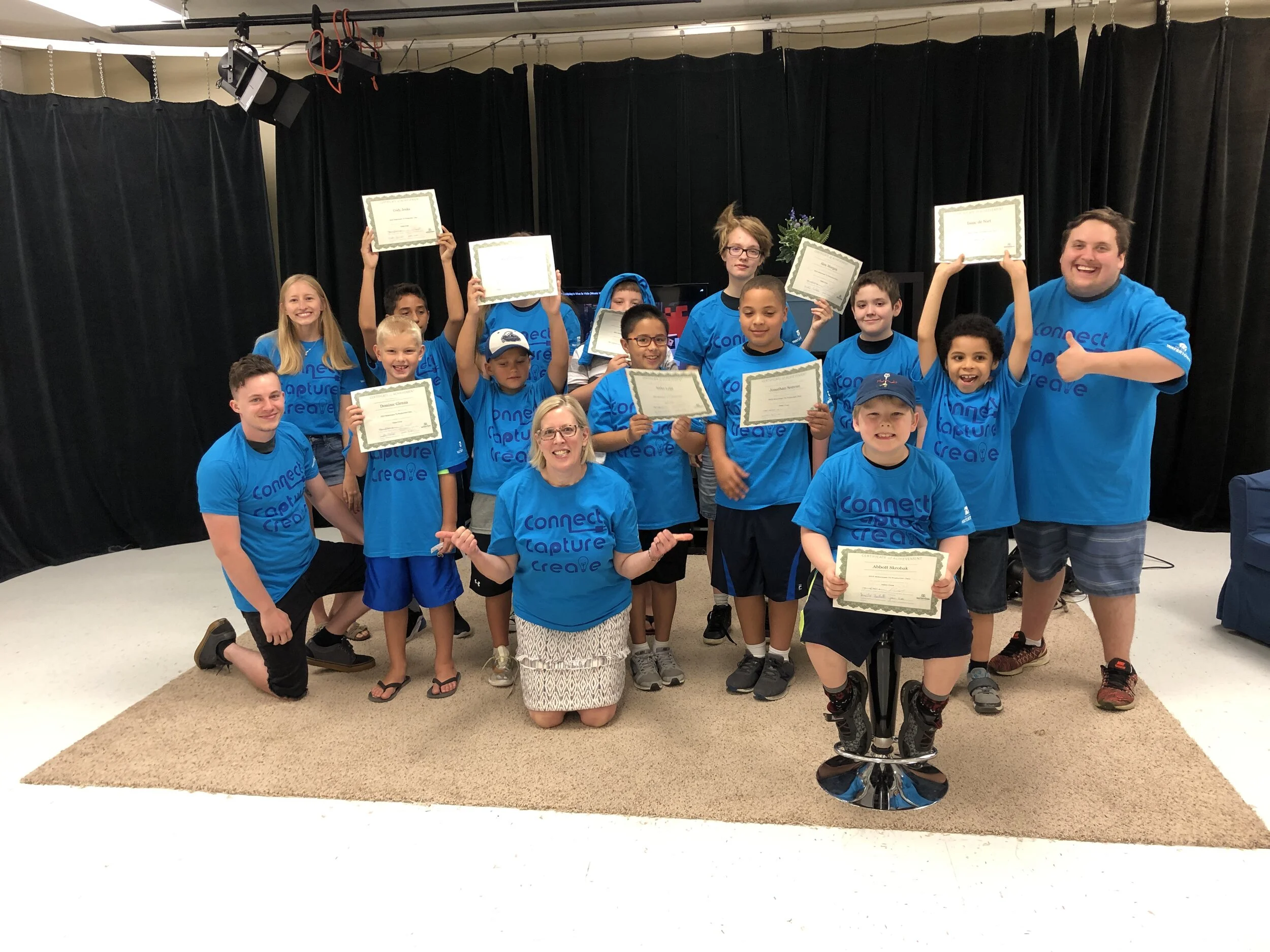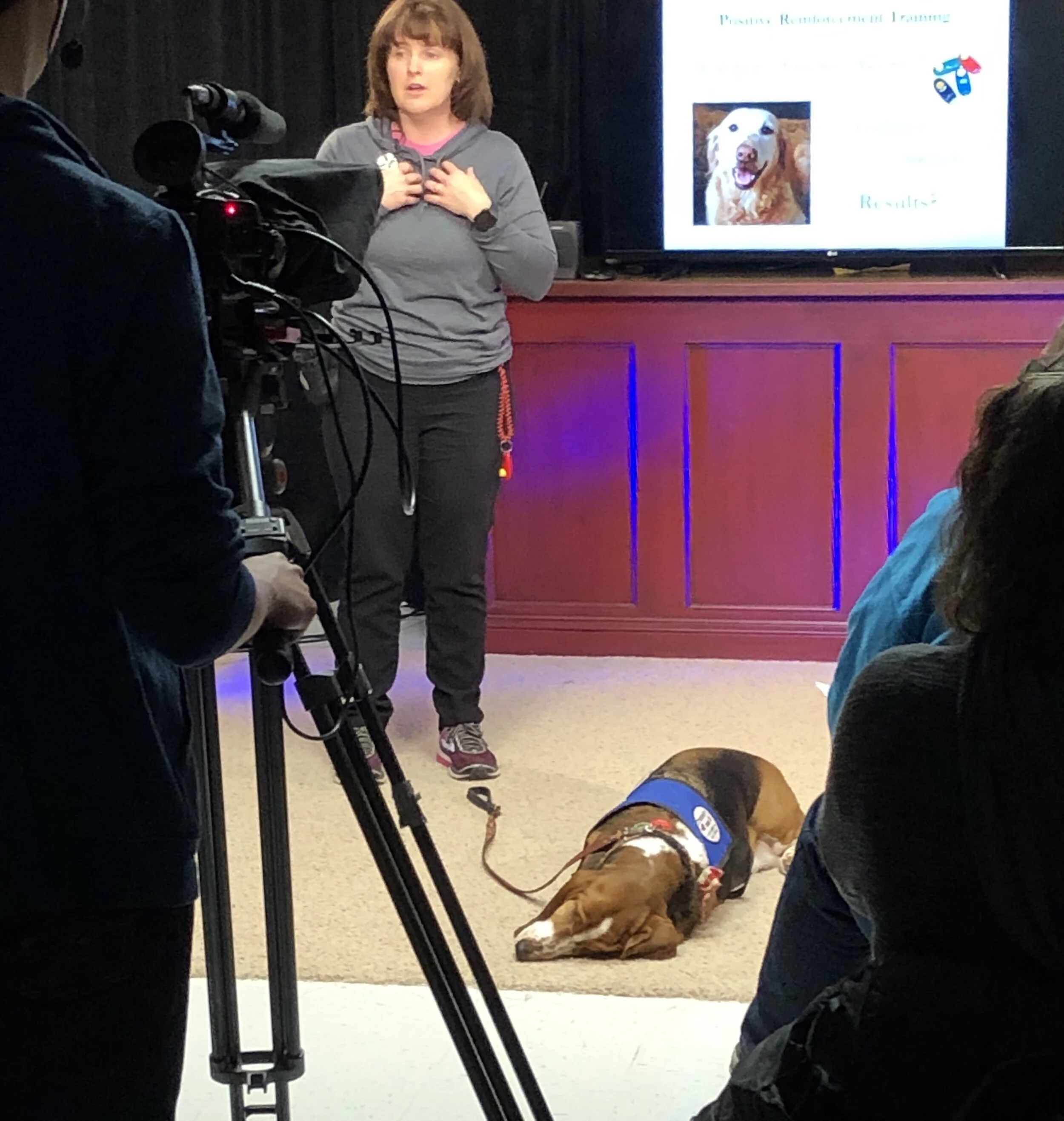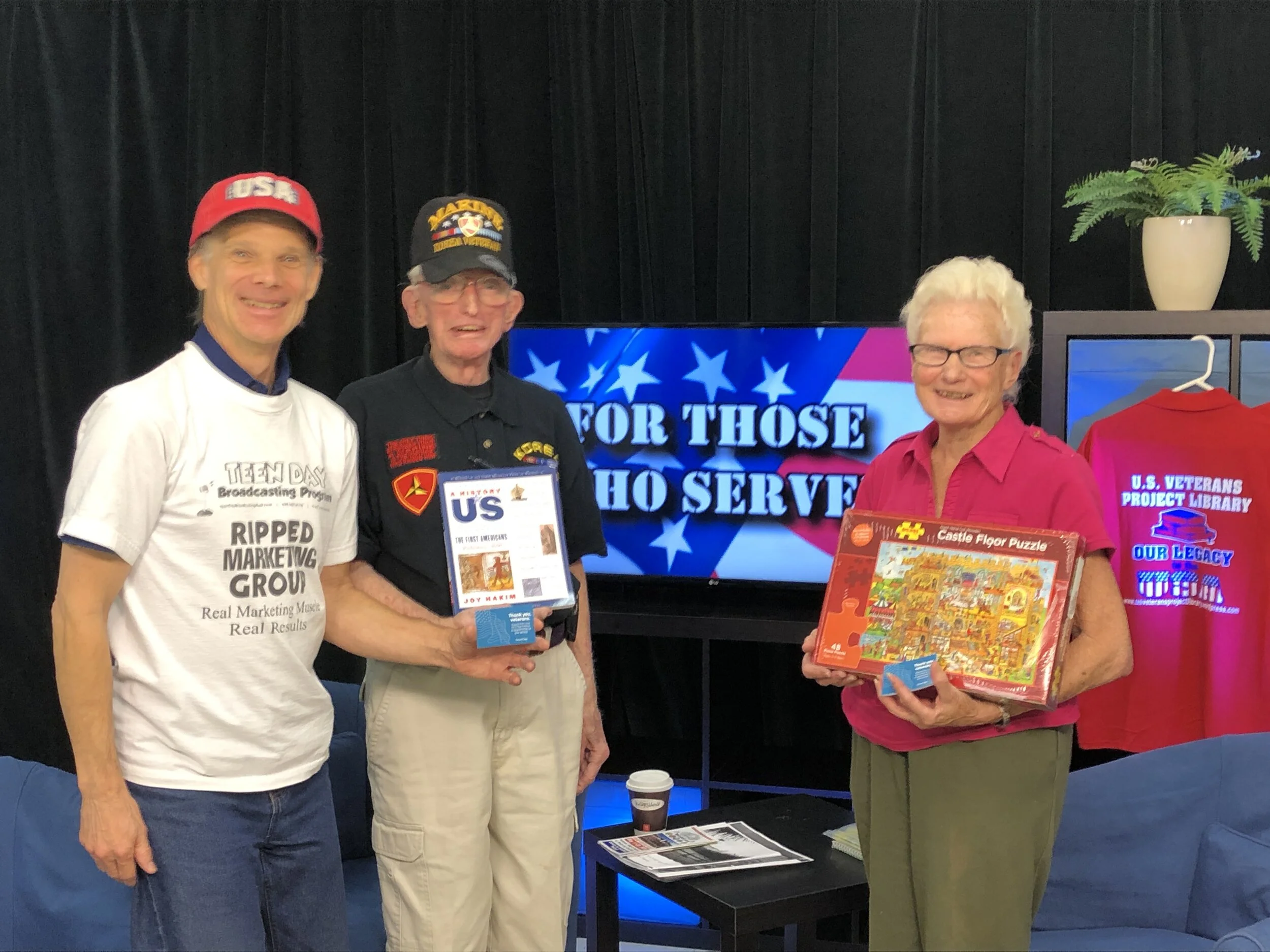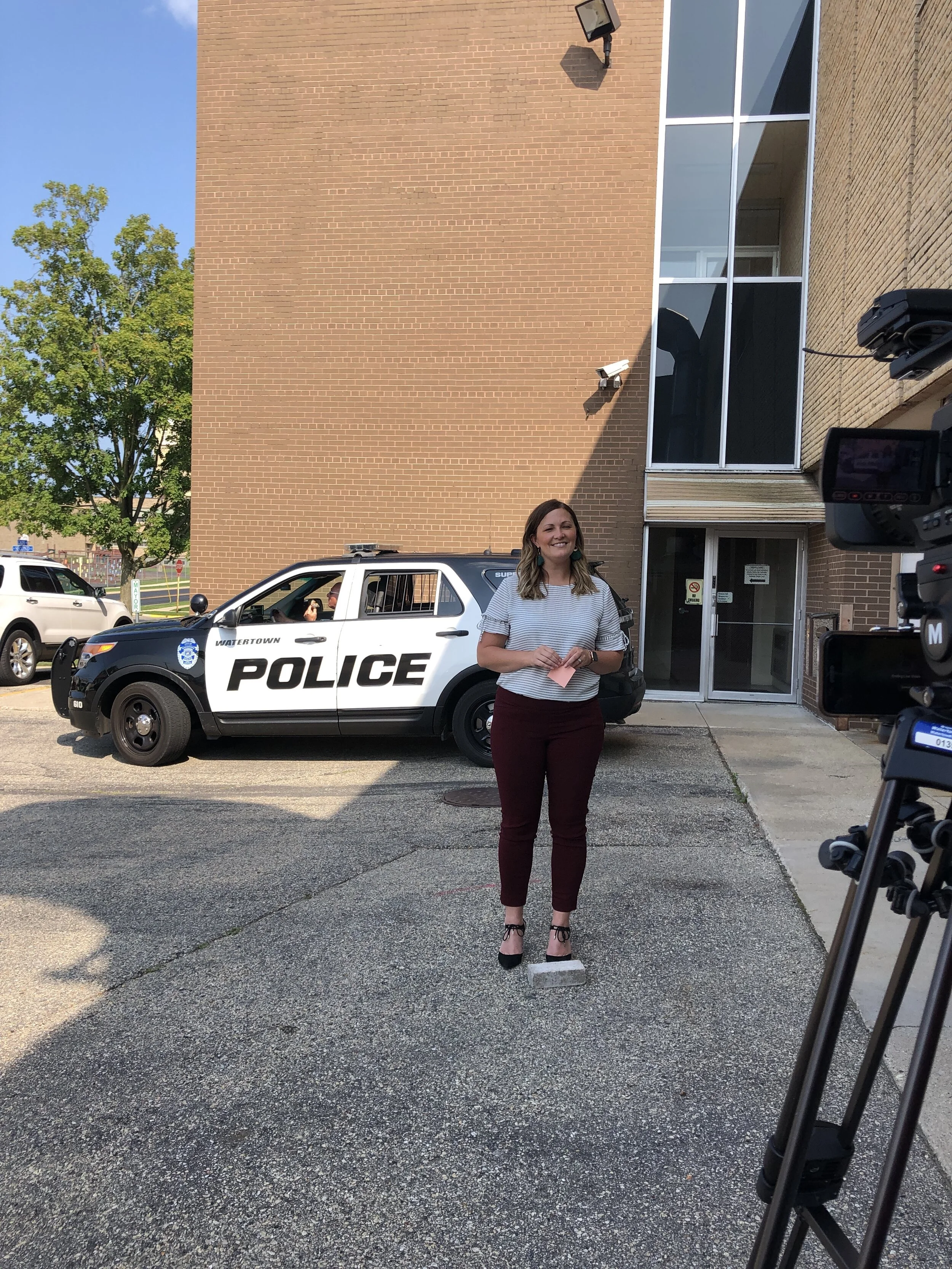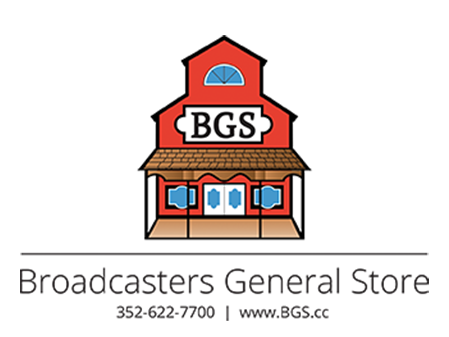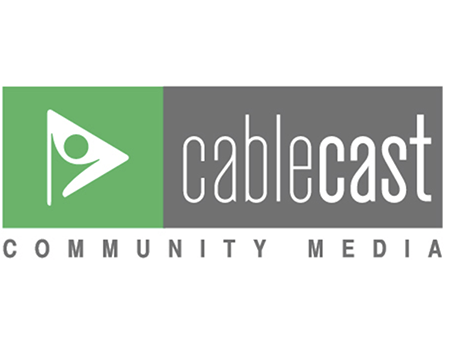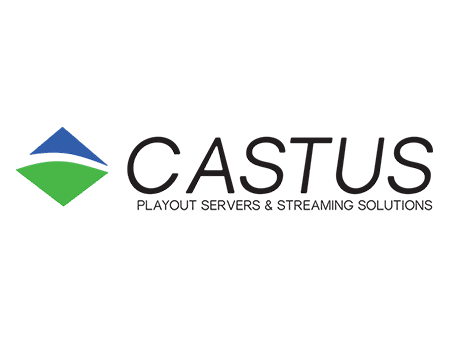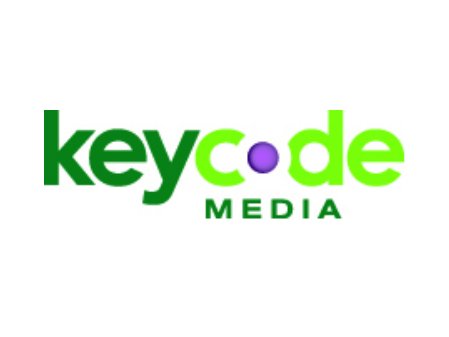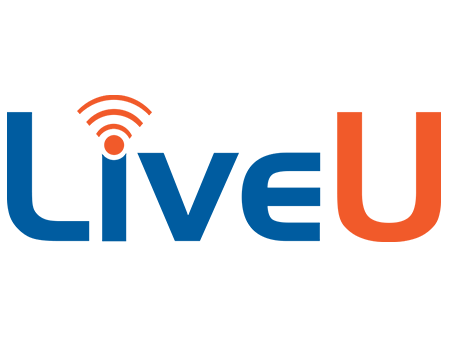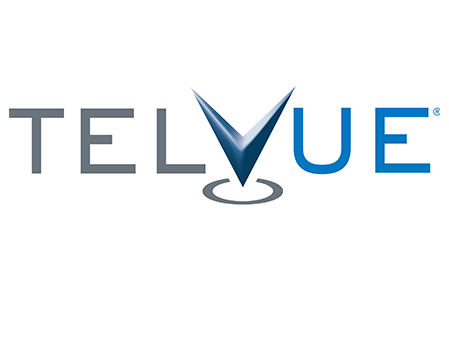Students interested in video production and broadcast media returning to Monona Grove High School this fall will be excited to see the reconstructed studio space that was completed this summer. Monona Community Media, the community’s local media center that serves both the city’s needs and the school district’s, directed the changes. Will Nimmow is the Director of Monona Community Media. “We got rid of a hallway and took out a wall separating a lobby area and the old studio,” he explained. “Now when you walk in to the video production area, you’re walking into one large L-shaped studio complete with a lighting grid.” No more hanging lights from a false ceiling and stringing electrical cords down the walls. The new studio lighting grid has electricity outlets to power the lights clamped to it. While the studio only gained six inches in height due to the HVAC ducts, Will is more than satisfied. “It’s going to be a lot safer,” he said. “Everything is controlled with switches on the wall.” The changes also include new carpeting and black walls so that the studio set background can be better controlled.
A small office off the studio that is destined to become an audio recording booth will for now serve as a place for the Monona Grove A/V Club to gather.
“I am extremely proud of the relationship Monona Community Media has with the school district and the relationship we have with students at the high school,” said Will. A student team from the A/V Club is responsible for putting on the Monday through Friday video announcements that are streamed live over YouTube at the beginning of second period. “Students rush into the studio after first period and take their places as anchors or in one of the technical positions,” said Will. “When second period begins, they have to be ready to go.” The script is developed by one of the high school’s front desk administrators, who collects and edits the announcements and then shares them using GoogleDocs. Will enters the script into the teleprompter and has it ready when students arrive.
The A/V Club also provides live coverage and play-by-play announcing for all of the football games and girls and boys basketball games. You’ll also see these students at school events like choir and band concerts providing event coverage. Occasionally, they’ll also be tapped to record presentations in classrooms.
But as busy as they are covering their own school, these students also serve the community. Both the city and the school district rely on them to provide video coverage of School Board meetings, City of Monona city council meetings and city plan commission meetings. “The A/V Club is a good place for students to grow and learn and get involved in the community,” said Will. “We offer these kids an experience they would never have otherwise. Many of the kids who have gotten involved over the years have told me I don’t know what I would have done without the A/V Club; I didn’t fit in other places. Having an impact on a young person’s life like that is really rewarding.”
Will is looking at a particularly challenging school year coming up. Because of the pandemic, students have been out of the building a long time starting with the last quarter of the 2019 – 2020 school year. As a result Will was unable to implement the usual recruiting and training system that brings in new club members and apprentices juniors to move into the roles held by seniors. “We lost over a year of recruiting and currently we have just three students returning who have had experience in the club,” said Will. “I’ll be giving returning students a refresher and then recruiting hard to build up our numbers.” Will also needs to jumpstart the Sports Marketing Club, which sold underwriting spots to area businesses.
Besides working with Monona Grove High School students, Monona Community Media also manages a successful low power FM community radio station, WVMO (The Voice of Monona) on 98.7 FM. Its hyperlocal content and Americana music format (classic country, vintage vinyl, folk and blues) is attracting a lot of local listeners. The daytime 20-20-20 format accommodates one and a half minutes of community announcements in every 20 minute block. At noon the station plays a 20-minute variety show hosted by volunteers – one an eleven year old boy -- that includes interviews, human interest features, presentations, and a regular library seasoned chef show interspersed with musical interludes. While residents host a variety of different musical shows in the evening, “we chose the daytime format to attract a large audience,” said Will. “We wanted the station to have a predictable easy to listen to format that residents could rely on. It’s been very successful. Radio is very accessible to the whole community. We get a lot of requests to put on announcements and some people come in and record their own. One PSA by a girl scout troop was really cute. I’d say the success of the radio station has really turned some heads. Our city council knows that community media is something people want.”
Local media, in the form of PEG (public, education, and government) television has been a part of this community’s media landscape for forty years. Early adherents Rosemary Lehman and Bill Ziegler were the first to manage the city’s PEG cable TV channel and they built a strong relationship between the city and the school district that continues to this day.
“Everyone says children stand a better chance at success when they feel a part of a community. It’s huge,” said Will. “Community media provides another touchpoint for building that sense of community around them. Our A/V students behind the camera at city council meetings may not always be listening, but they know they are playing a valuable role being there. And hyperlocal media is not only valuable for the young. Older people can feel out of touch with the community, too, and that can feel very isolating. My mother jokes that she could go into a grocery store, leave with a can of soup, and no one would notice. Community media serves them. We highlight what’s happening in our community, which in this saturated media environment can easily get lost. Hyperlocal is appealing to so many people in a lot of different ways.” Will is planning new ways to grow Monona Community Media’s services. “We’ll be starting a monthly newsletter for the city and I hope to offer more broadcast journalism opportunities for students next fall,” he said.
Monona Community Media’s video programming can be viewed on Spectrum cable channel 990 in SD, AT&T’s U-Verse system channel 99 in SD, as well as on its YouTube channel in HD. Don’t forget to tune in to WVMO at 98.7. Monona Community Media welcomes residents who want to be media makers. If you’re one of the people who’s been listening and watching content from Monona Community Media and want to get involved, contact Will. Monona Community Media also happens to have an opening for a full-time multi-media content producer. Watch for that position to be posted soon.




